March 10th, 2020
7minute read
The infantry battles of the 20thcentury pitted many classic firearms against each other.
The Mauser Kar 98k is one of the most recognizable battle rifles of all time.
Many consider it to be the finest bolt-action rifle ever built.
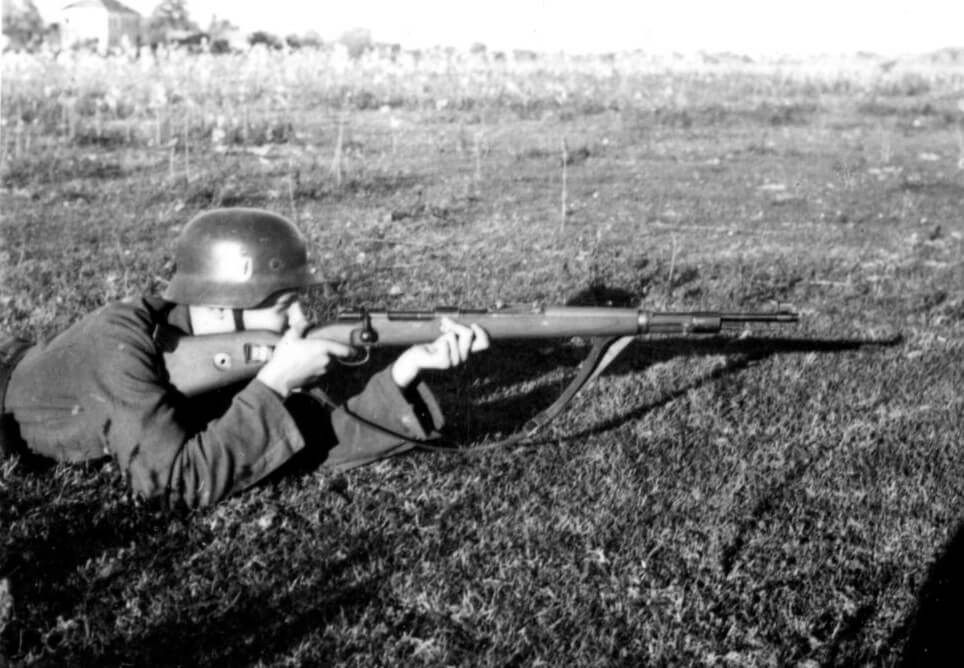
The German Gewehr 98k infantry rifle was a capable and refined military bolt-action rifle design. Image: NARA
By the mid-1930s, Germany looked to update their excellent infantry rifle, and the Karabiner 98k took shape.
It trimmed down the overall length from 49.2 to 43.7 and cut the weight from 9.0 lbs.
The 98k also included some improvements that were not so readily apparent.
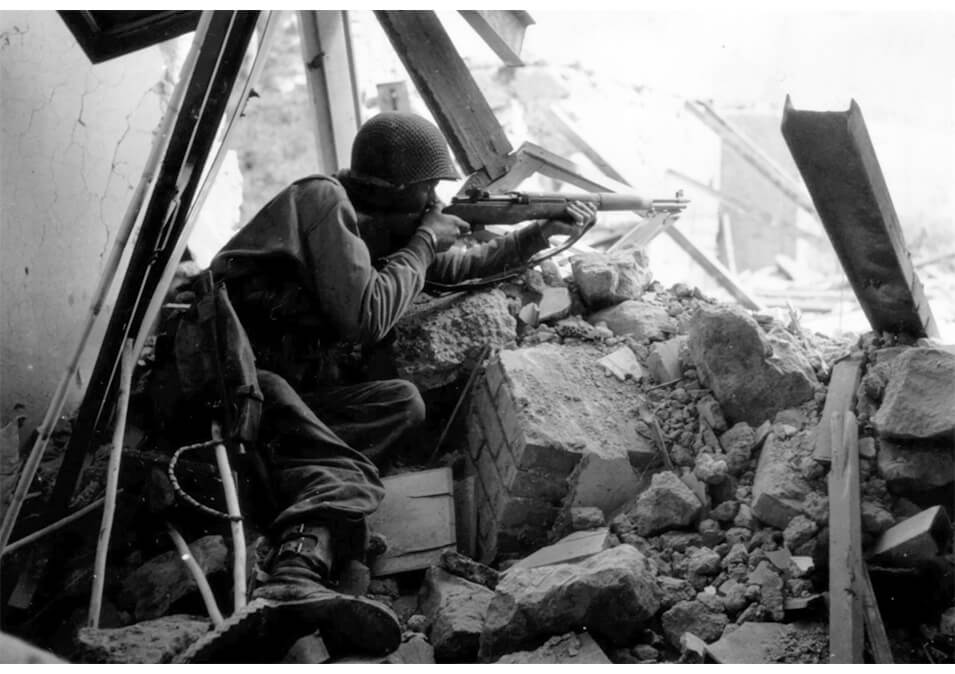
The American M1 Garand offered exceptional accuracy and performance, and its semi-automatic operation compared very favorably against rifles such as the German 98k. Image: Author’s collection
The new bolt also allowed telescopic sights to be easily fitted directly above the receiver.
Accuracy and rate of fire increased while size and manufacturing complications went down.
Germany was ready for war.
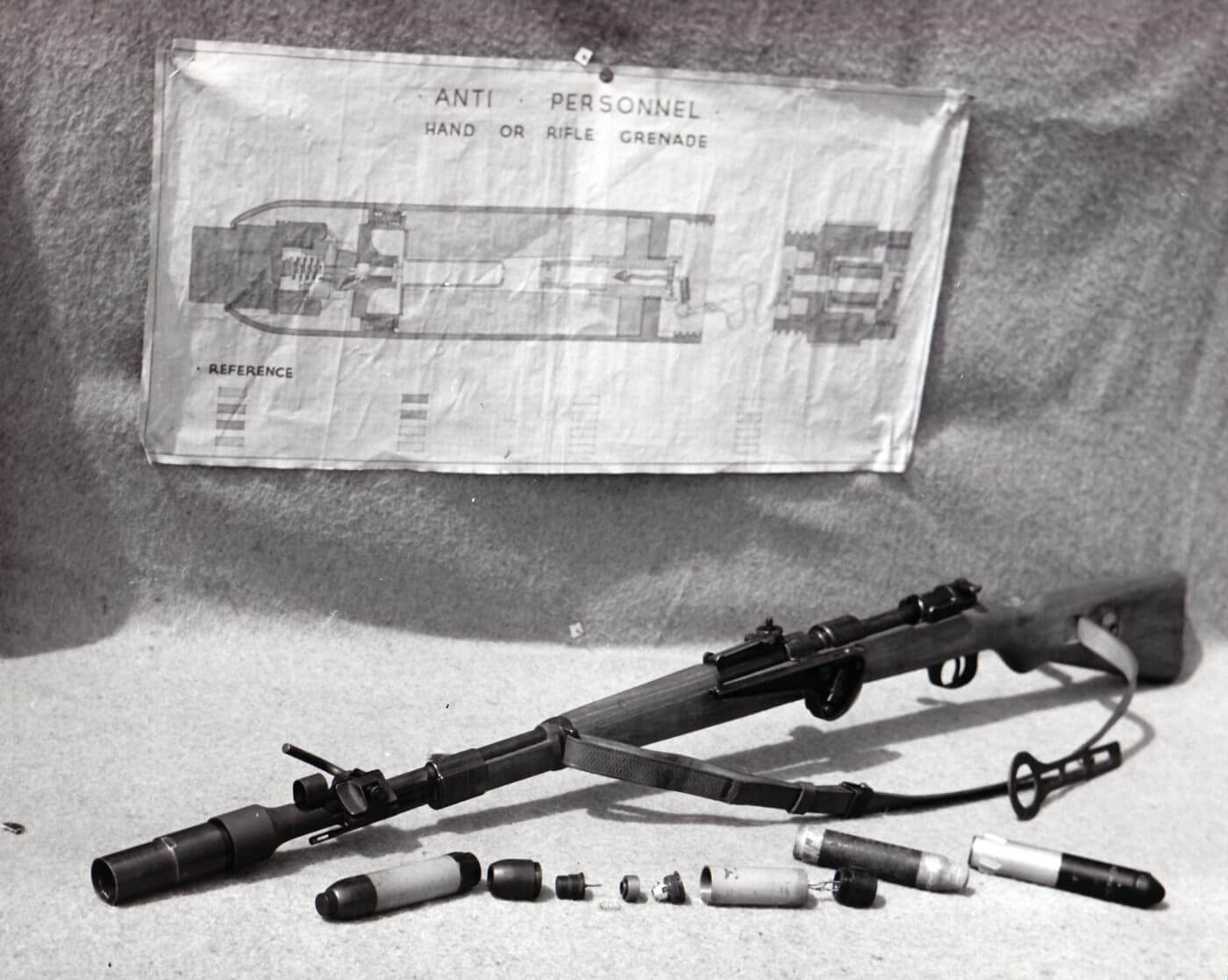
The 98k fitted with the 30mm “Gewehrgranatengerät” grenade-launching cup. Image: NARA
The box-magazine equipped MG 13 gave way to the belt-fed MG 34, cycling at 900 rounds per minute.
By the mid-war period, the MG 42 joined the mix (cycling at 1,200 rounds per minute).
Many of these rifles were refurbished and provided to eastern European resistance groups during the war.
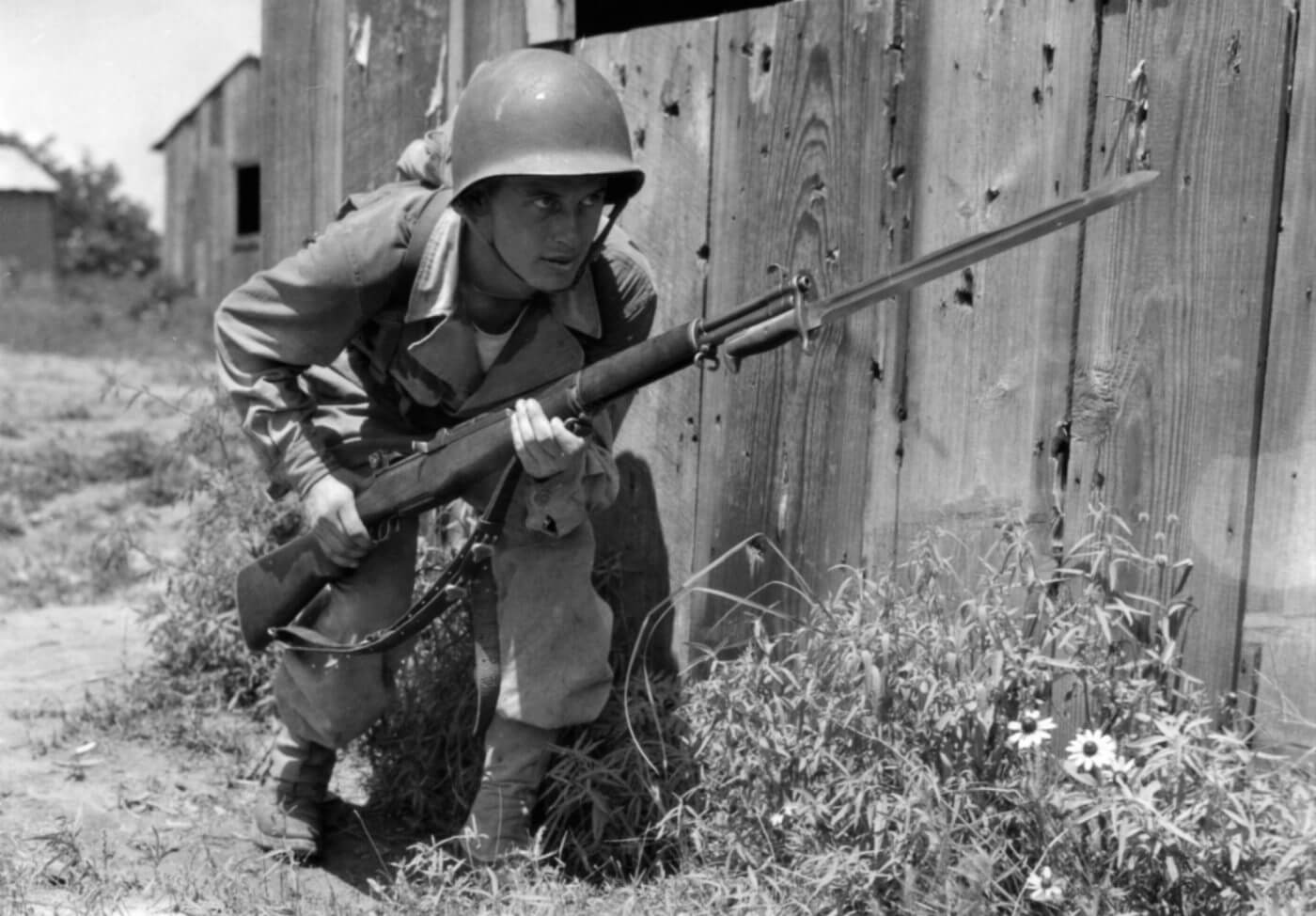
The M1 Garand gave American troops a decided advantage against their German foes. Image: Author’s collection
Post-war, the Soviets arsenal-refurbished many Kar 98k rifles and provided them to their communist satellite states.
More and more M1s were issued as American troops fought from Sicily up the boot of Italy.
An interesting note about captured rifles: a captured Kar 98k could easily be loaded and used.
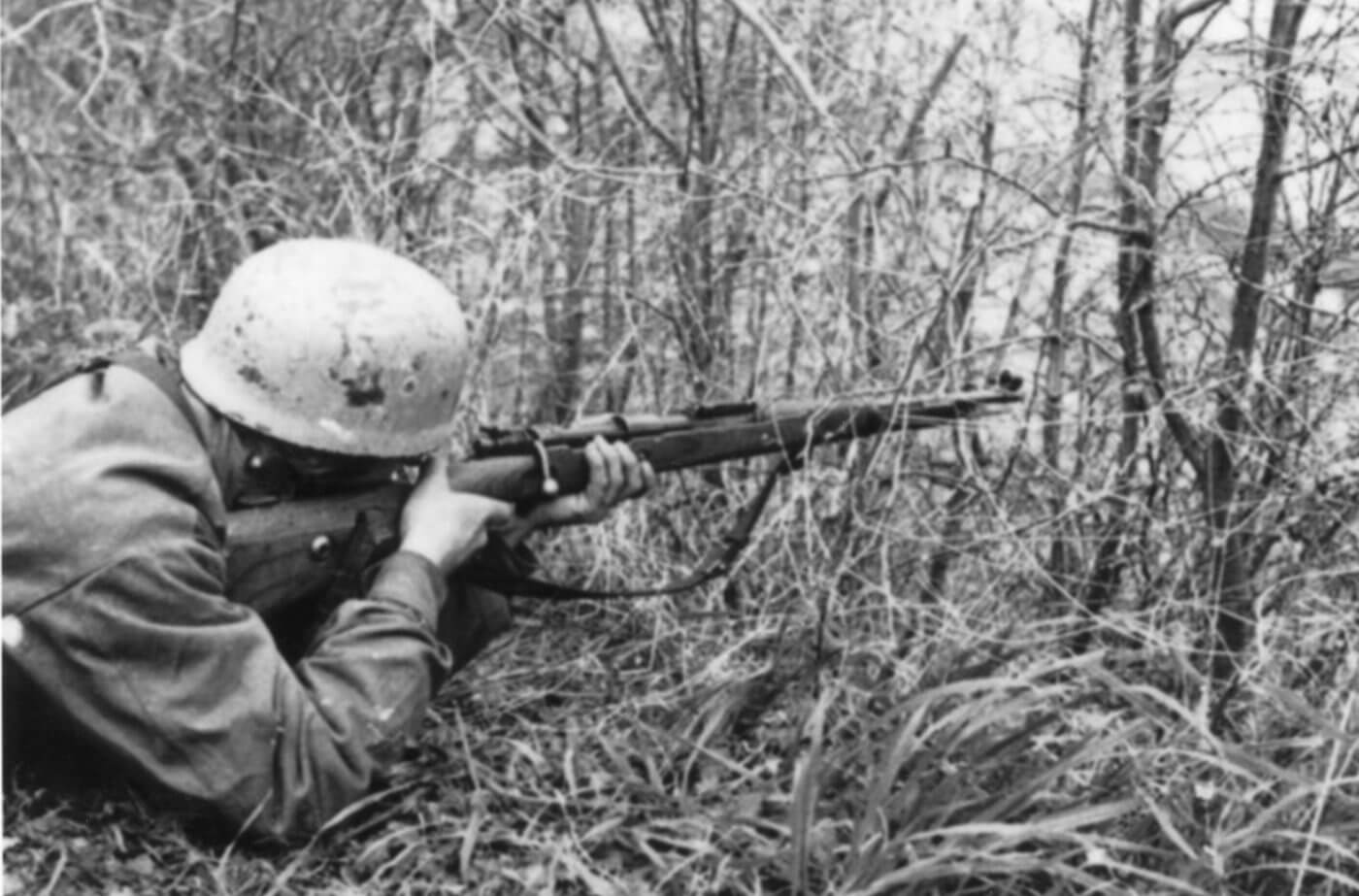
The 98k in the hands of a German paratrooper. Until the development of the specialized FG42, the 98k was the standard rifle for these troops. Image: Patton Museum
However, a captured M1 rifle was a completely different story.
By the numbers, the M1 rifle holds the advantage over the Kar 98k in many key areas.
hit the Go To Forum Thread link below to jump in!
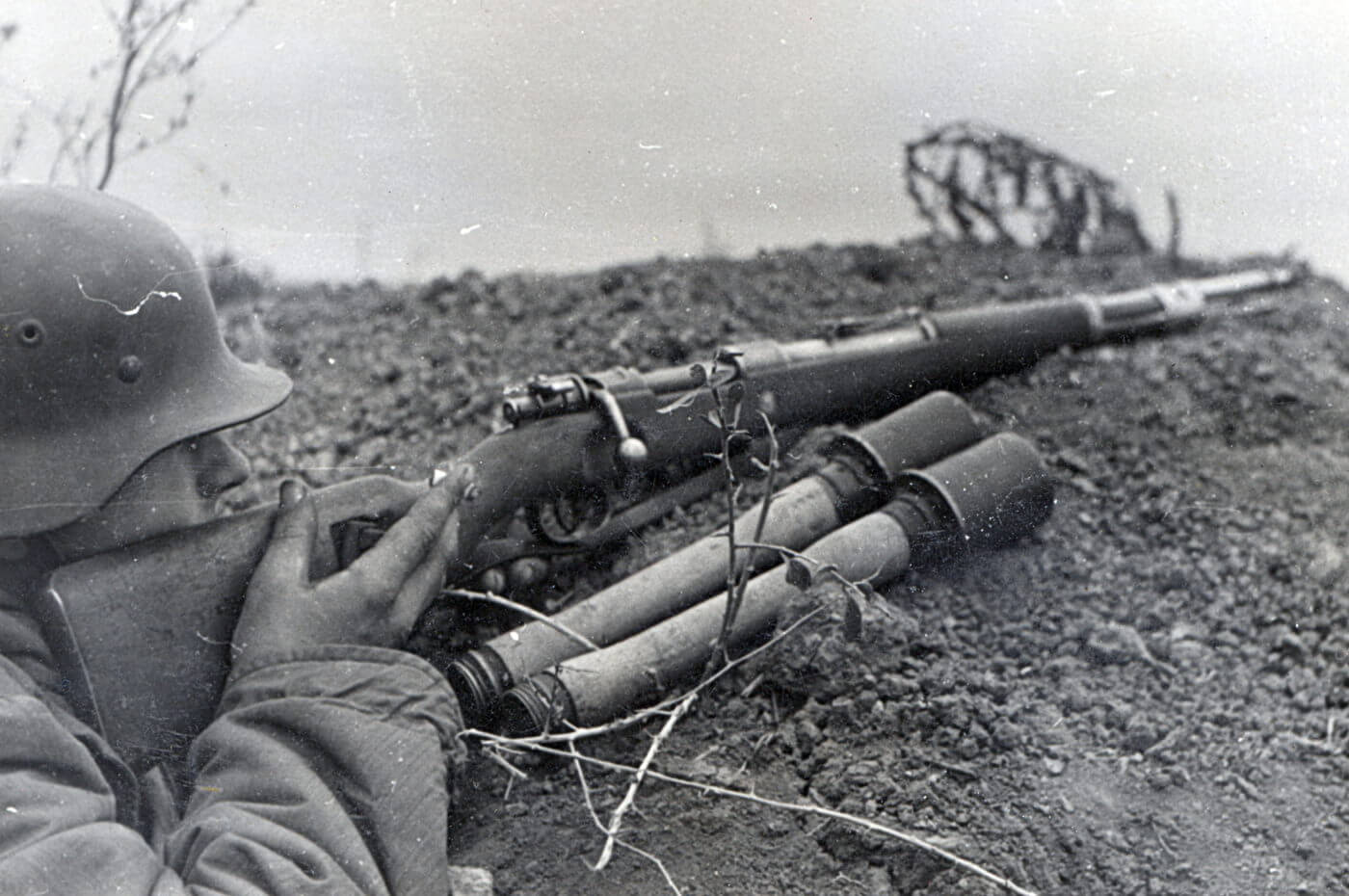
Basic tools of the German infantryman: the Gewehr 98k and the M24 “Stielhandgranate” stick grenade. Image: Patton Museum
Go to forum thread
M1ATMStandard Issue Series
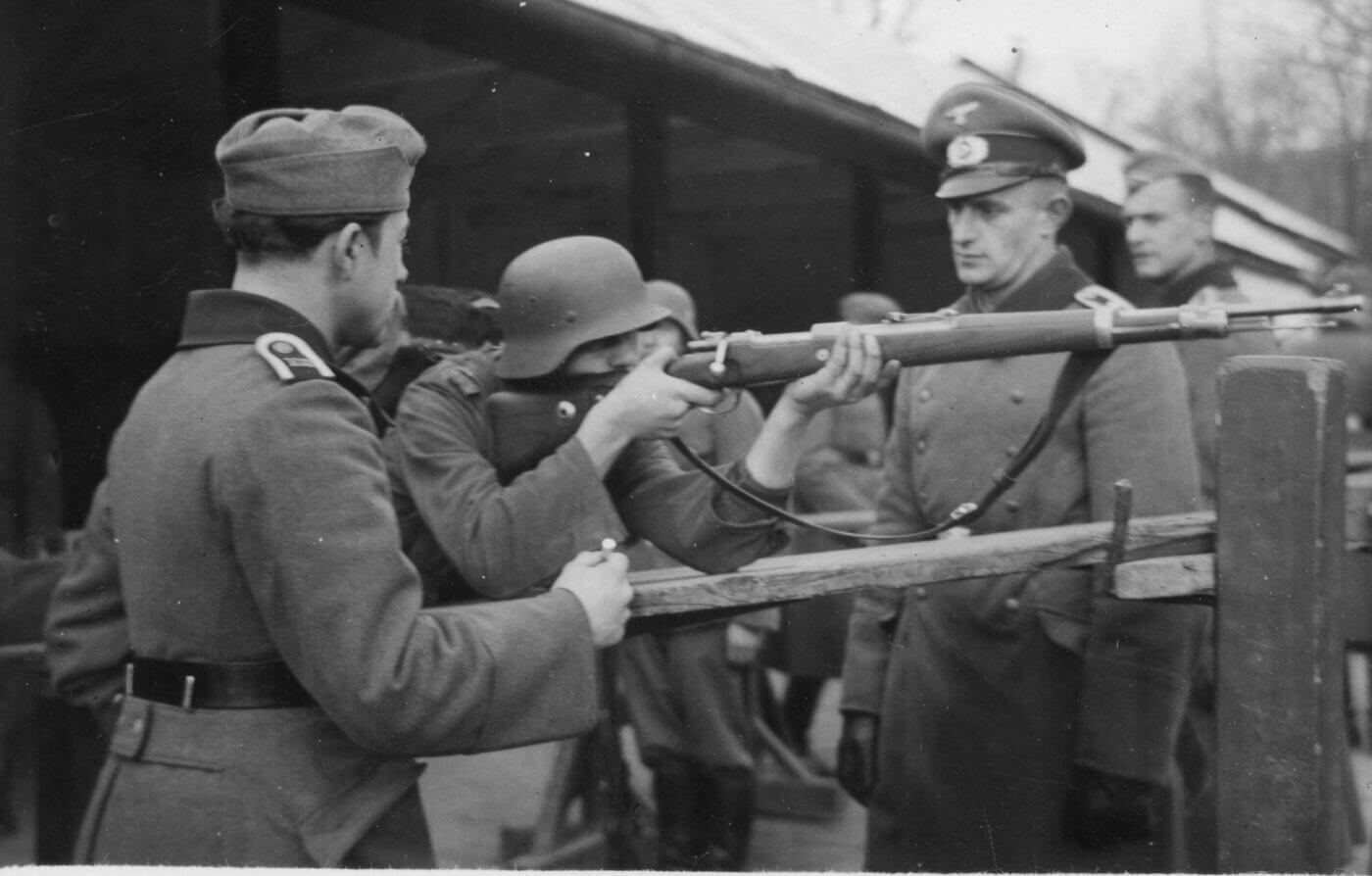
The 98k was a relatively light (around 8 lbs.) and highly accurate rifle that was generally considered to be accurate out to 500 meters. Image: Author’s collection
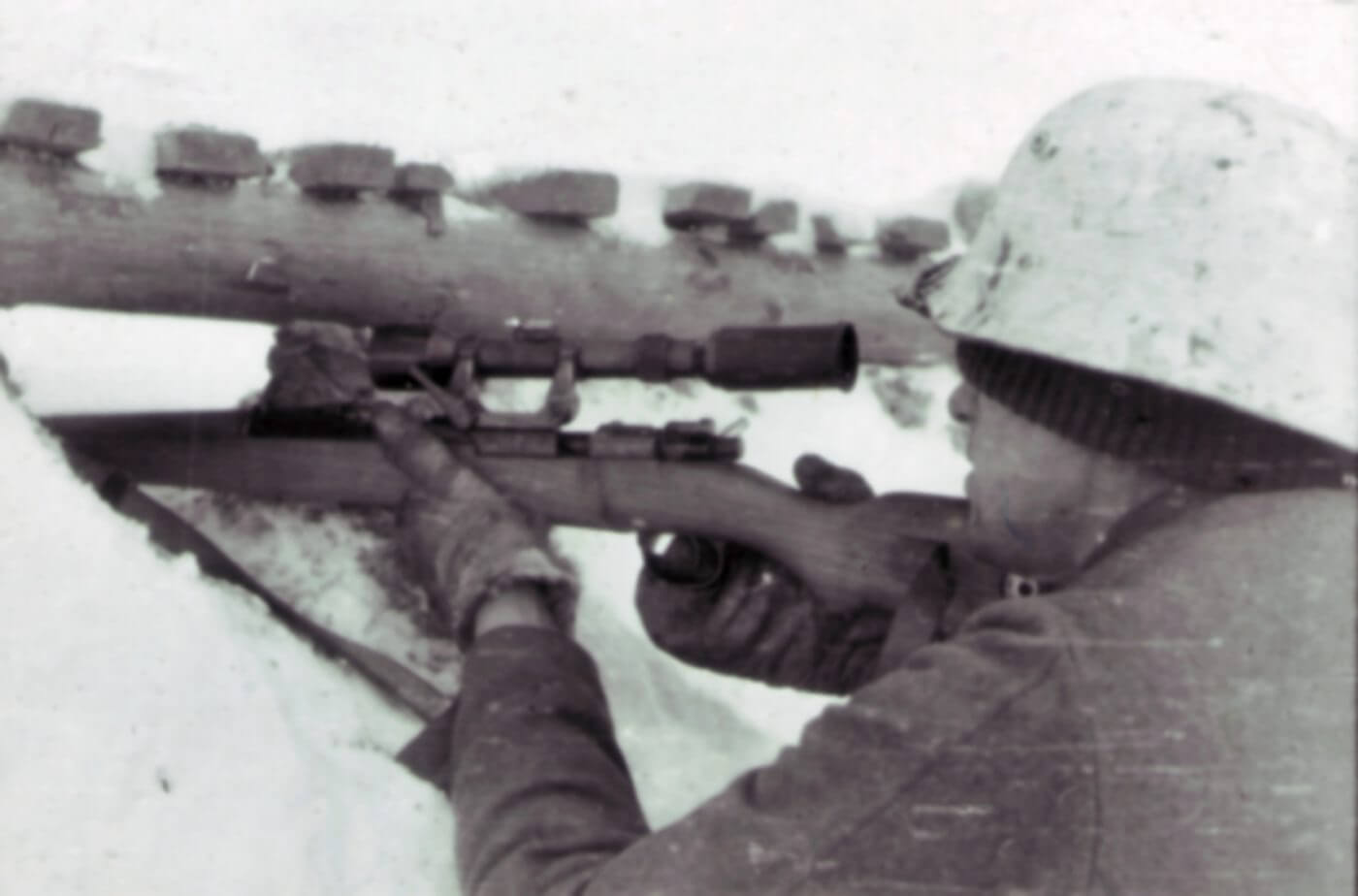
More than 130,000 Mauser rifles were selected at the factory for their accuracy and then were fitted with telescopic sights. Image: NARA
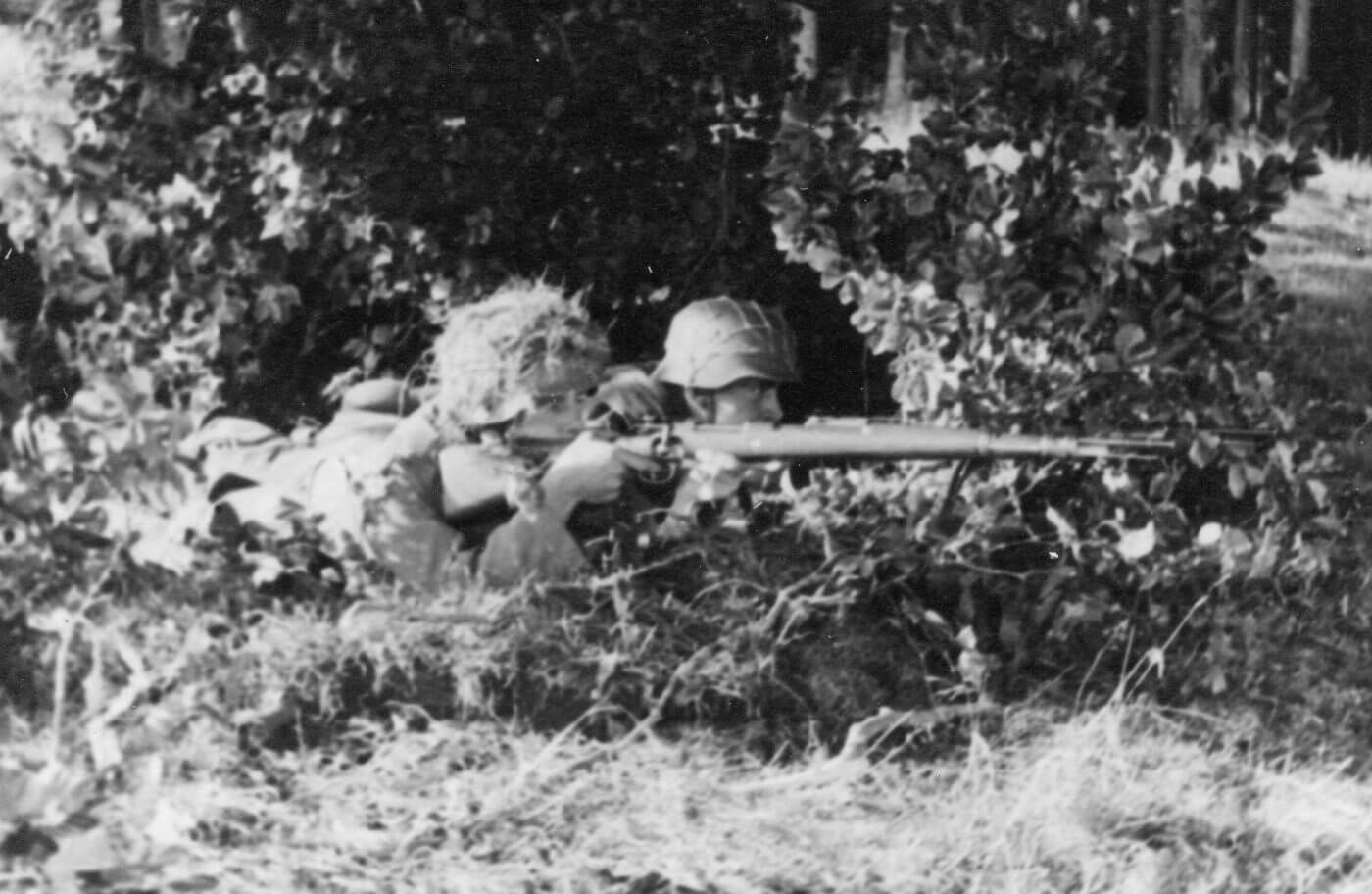
The 98k served throughout World War II with the German military. Image: NARA
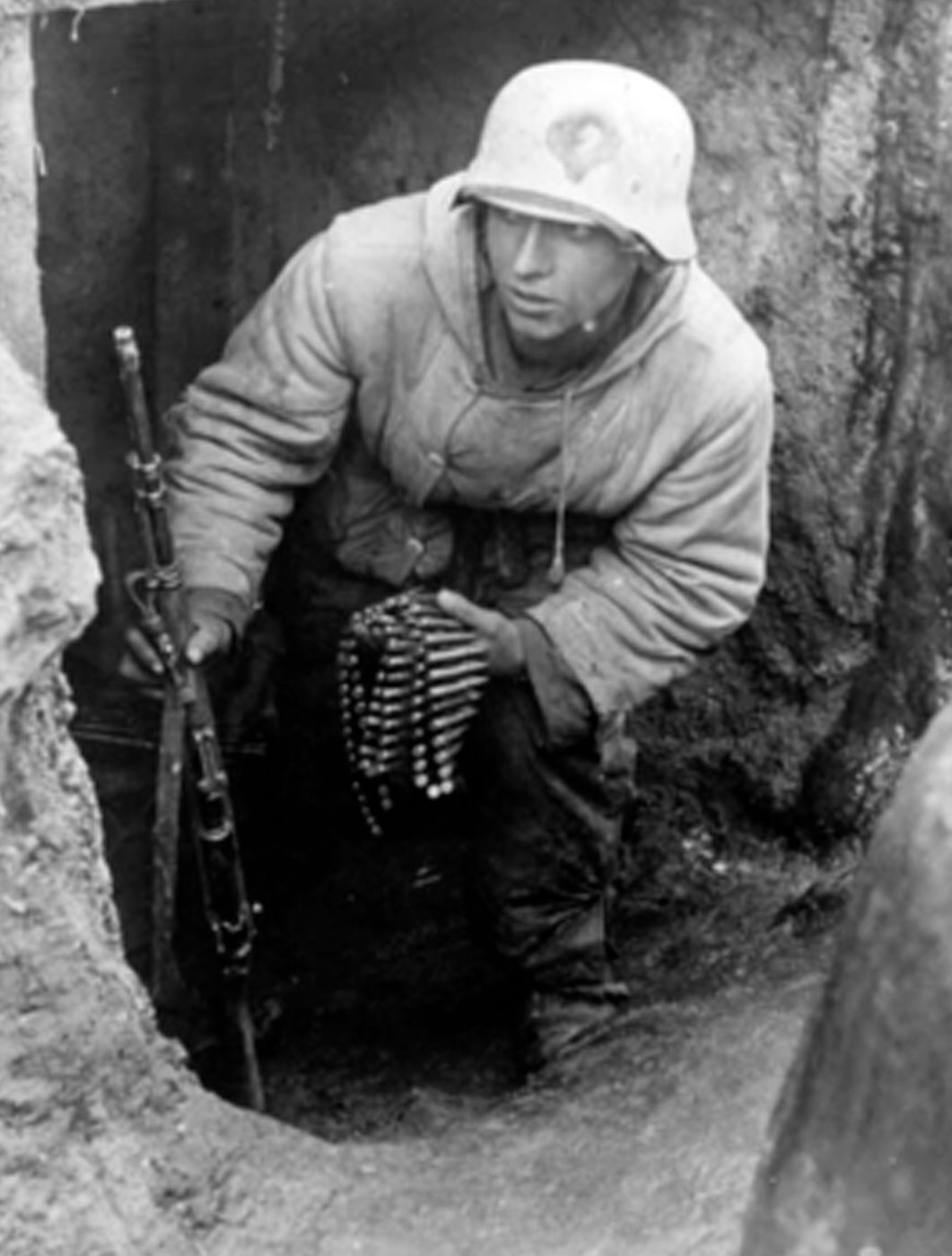
The average German rifleman was tasked with supporting their platoon’s MG34 or MG42 machine gun. Image: Author’s collection
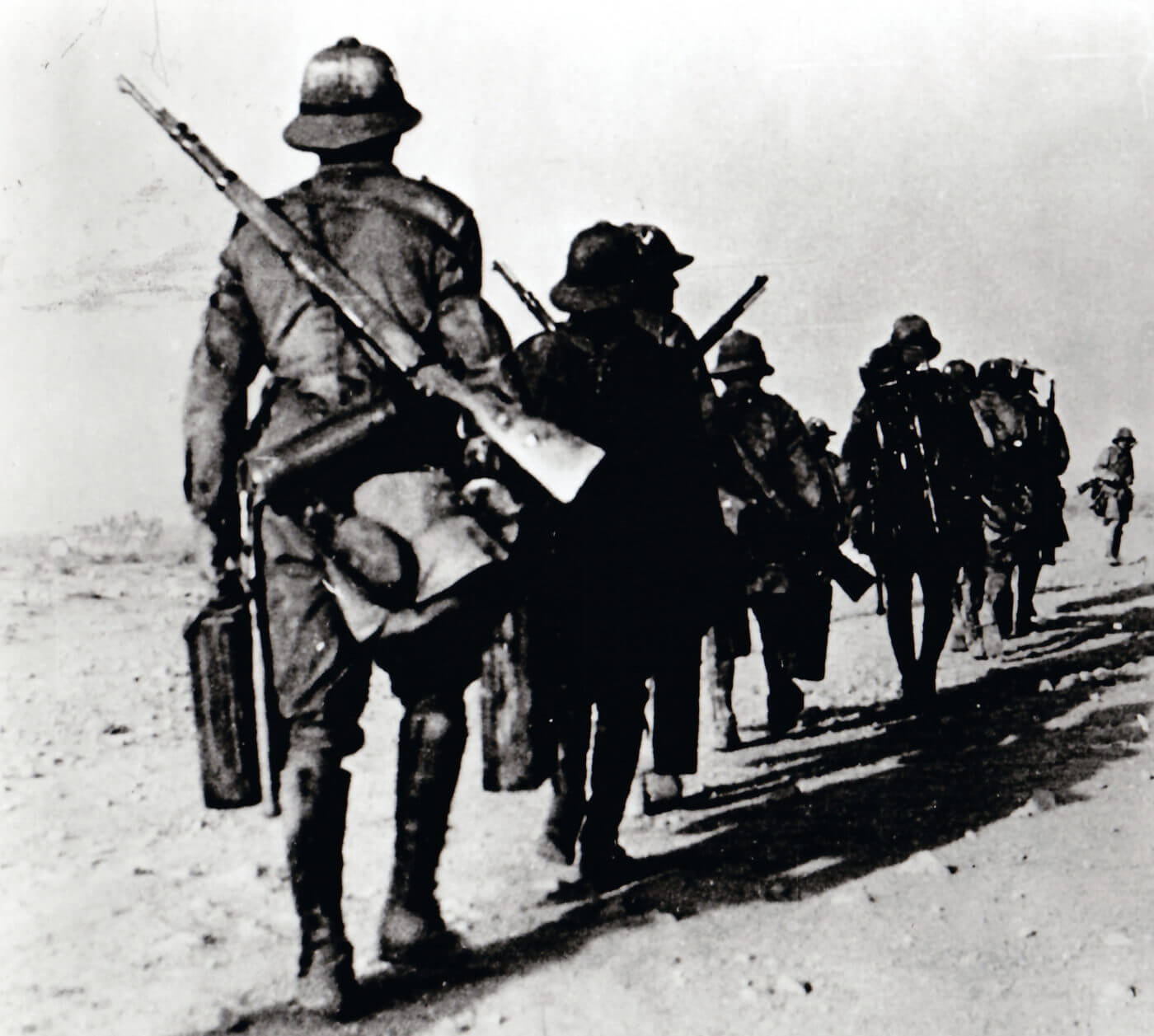
A rifle for a world war: The 98k served in the burning sands of North Africa. Image: Author’s collection
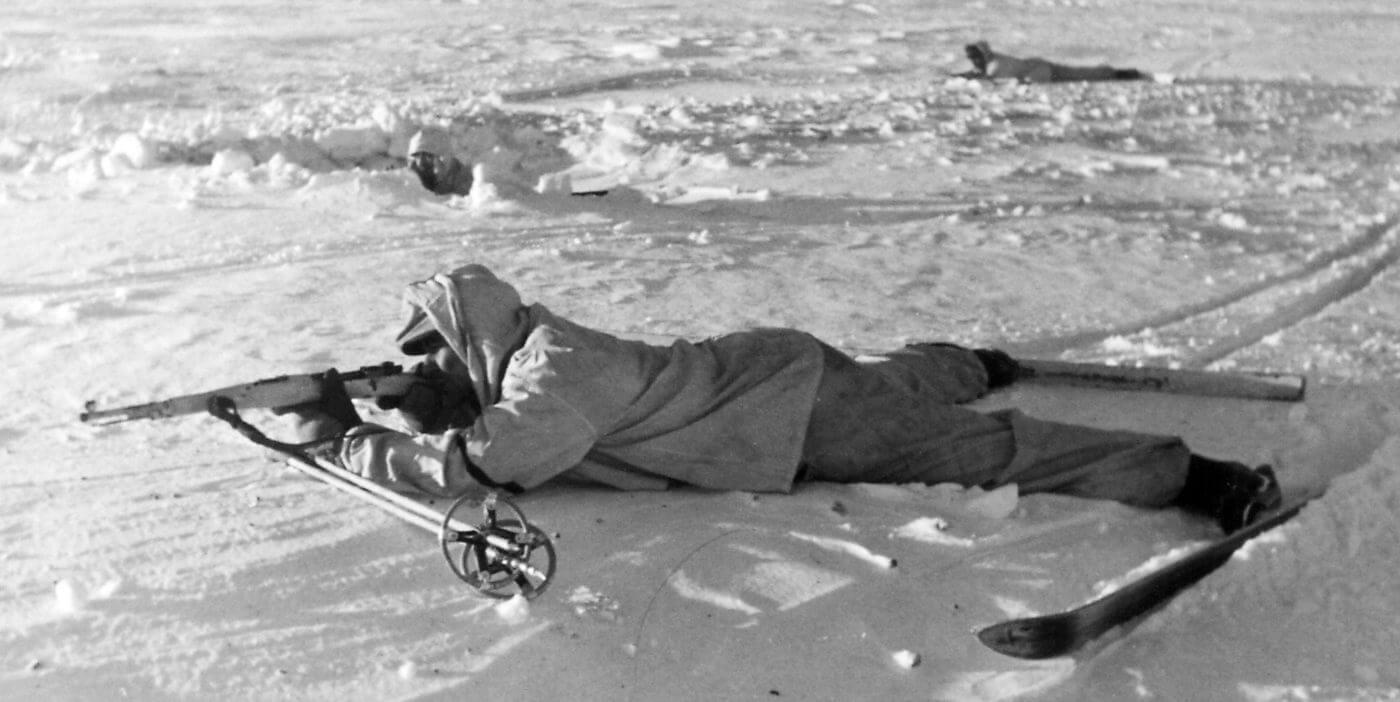
The 98k also served in arctic snow and bitter cold. Image: Author’s collection
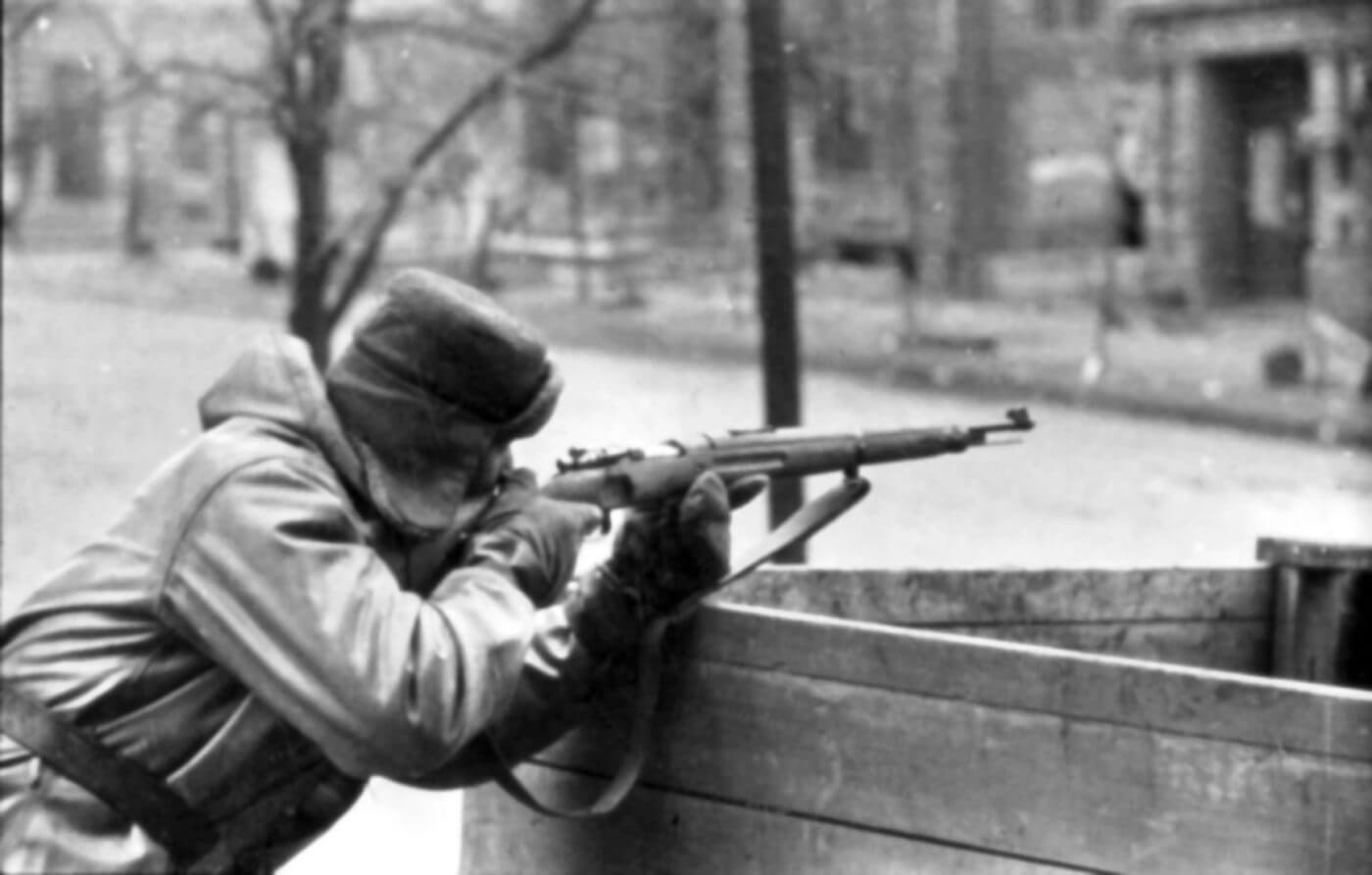
From the trench lines to the city streets: Mauser rifle in action during World War II. Image: Author’s collection
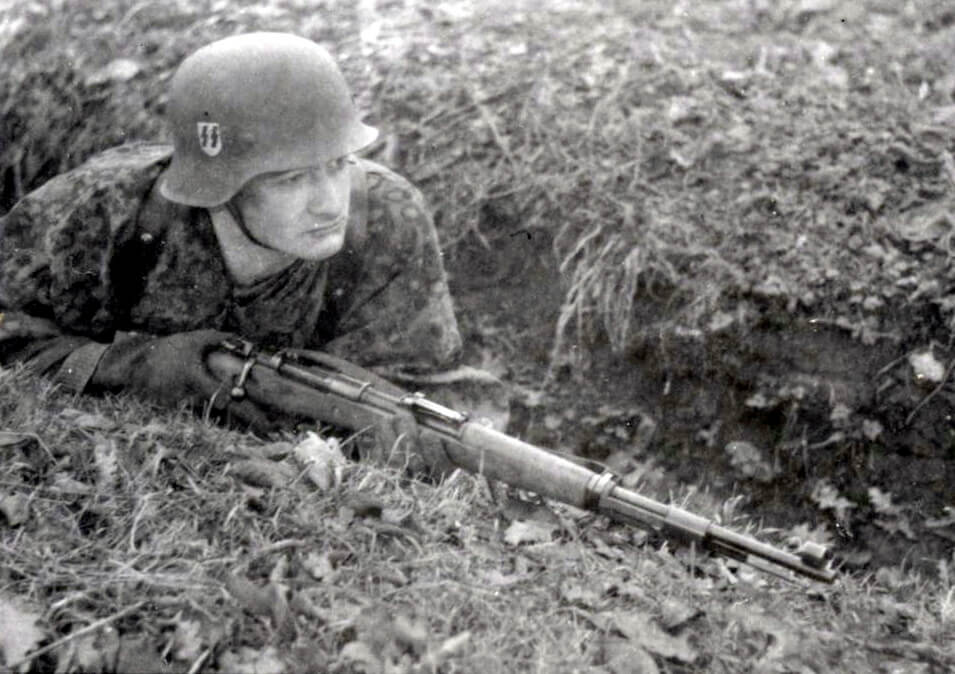
The 98k Mauser was a truly capable rifle, despite its relatively slow bolt-action operation. Image: Author’s collection
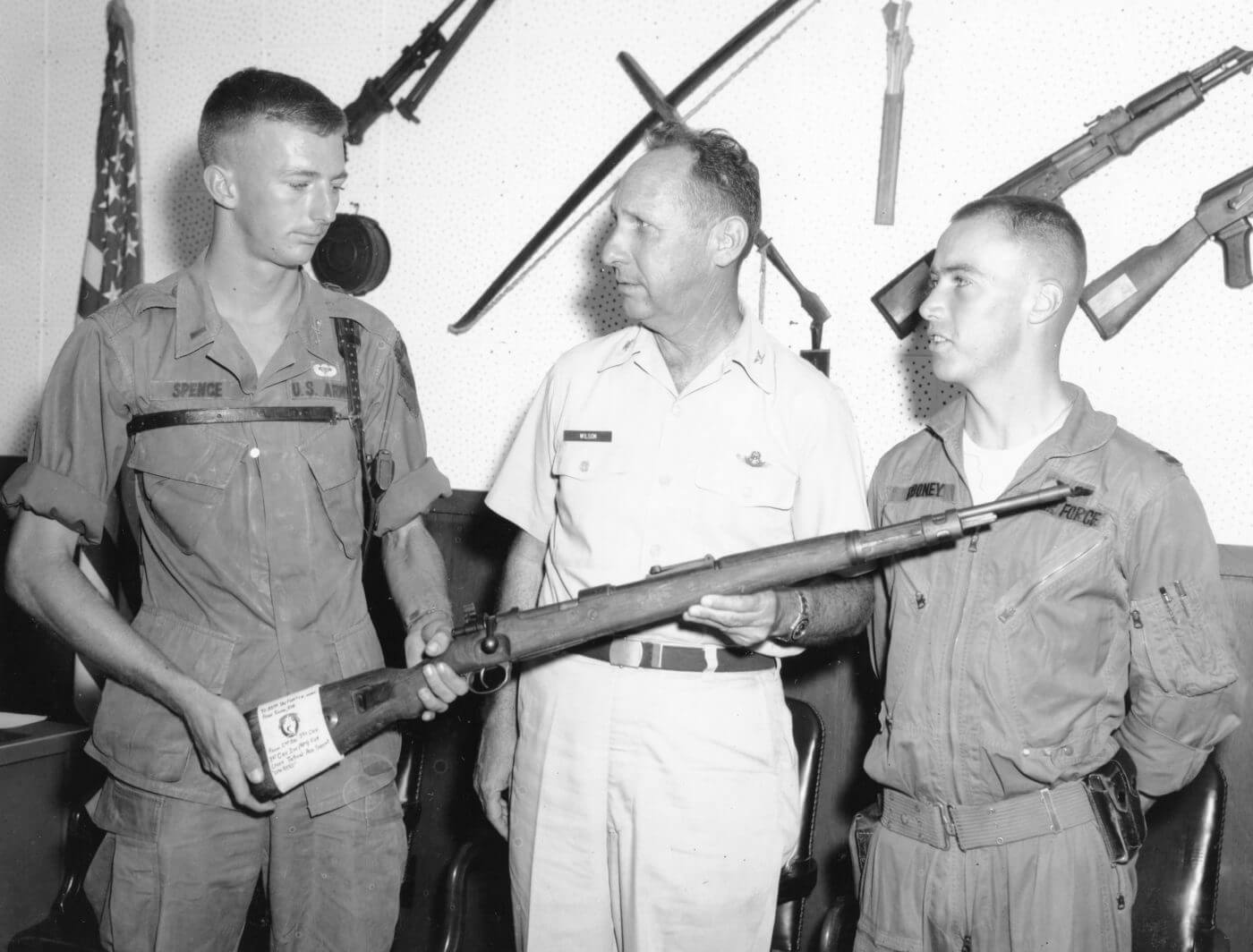
A trophy rifle for a different war: A 98k captured from Viet Cong guerrillas presented during 1967. Image: NARA
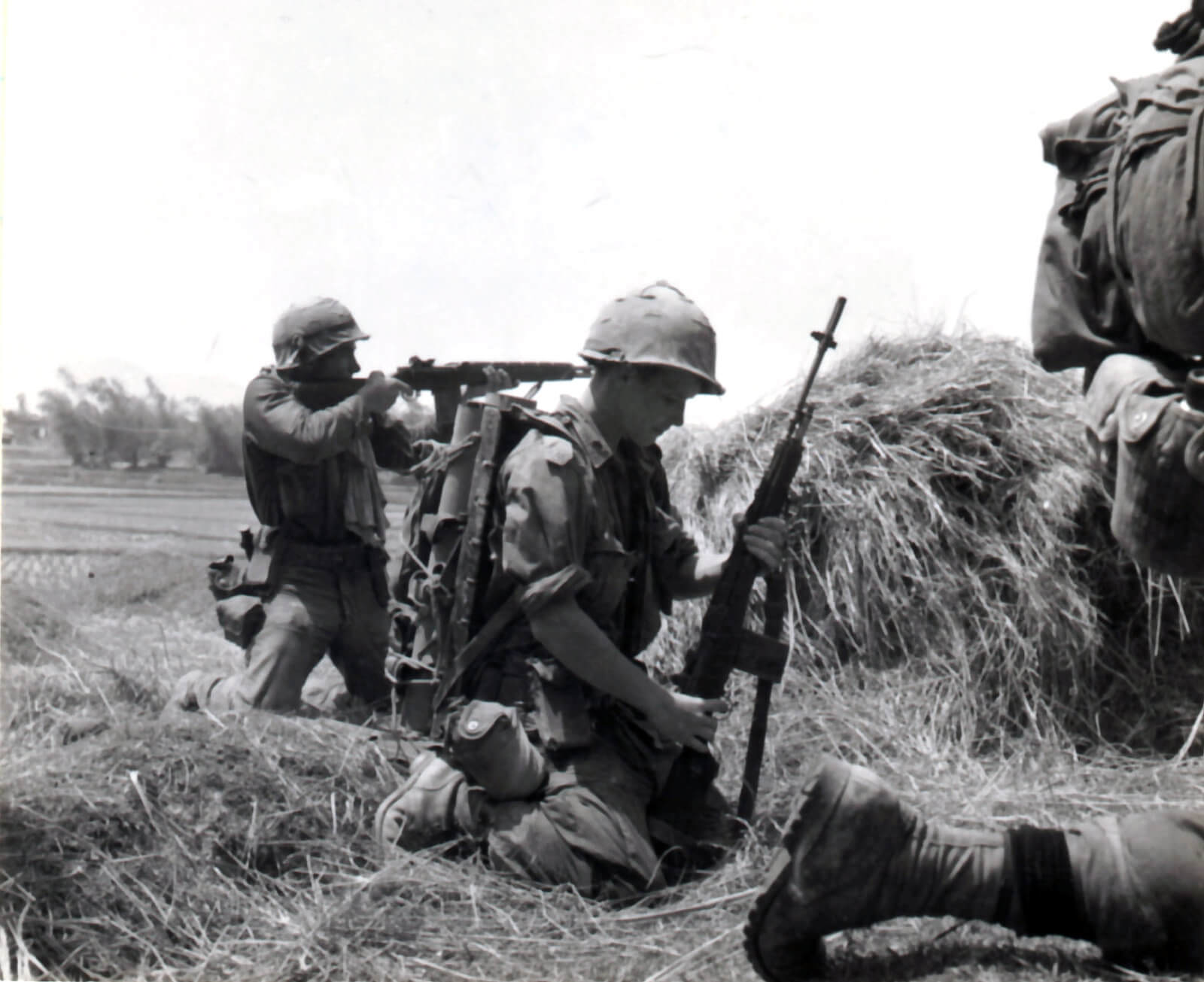
The M14 carried on the tradition of the M1 Garand and served on the battlefields of Vietnam. Image: Author’s collection





